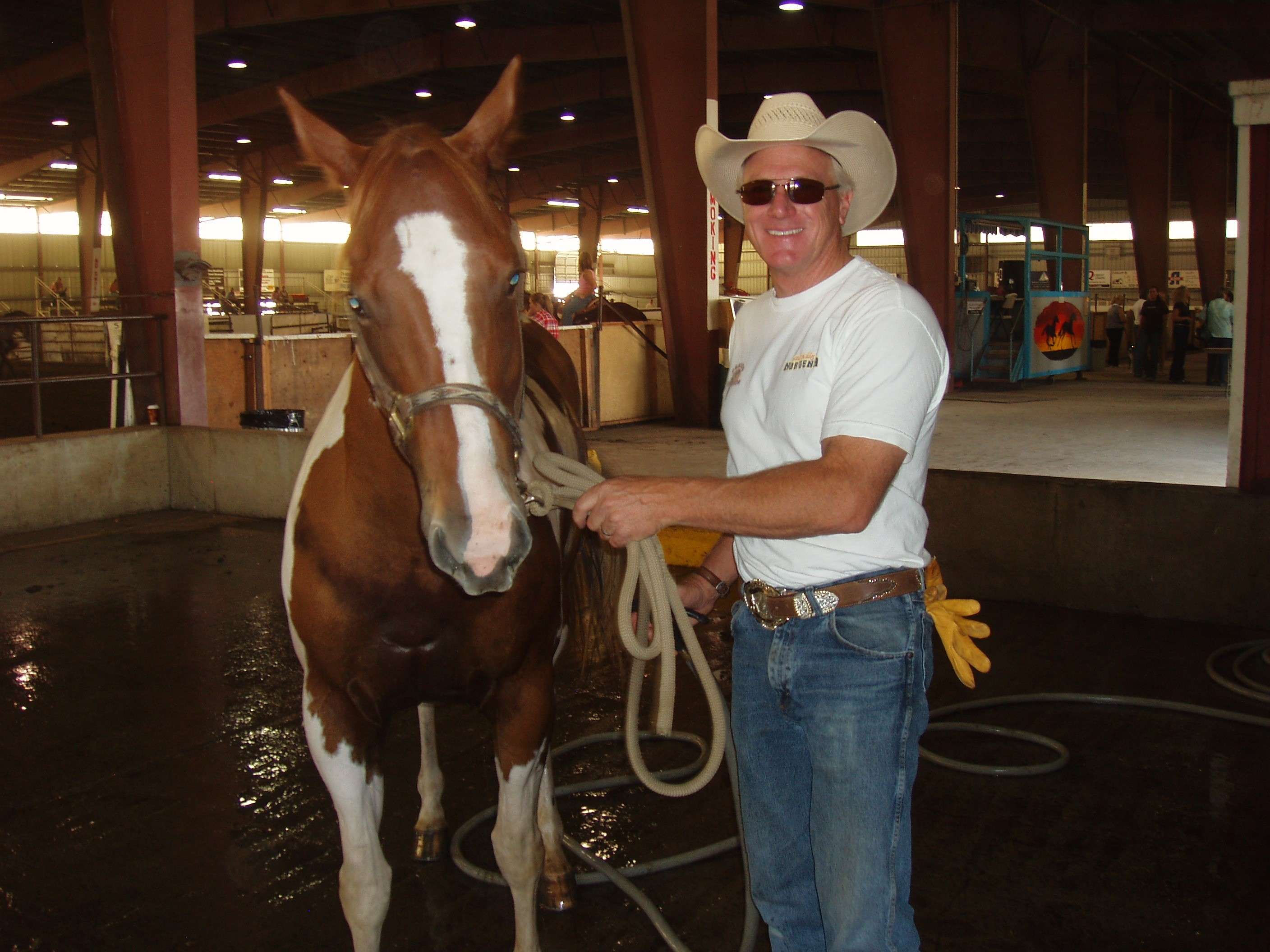Most calls to plumbers are about jammed drains. But many things in life, not all secured drains are created equal. Some are easy to solve, like removing hair from a sink trap or removing clogs on many artichoke leaves stuck in a trash can. These may only require a few hand tools, or perhaps a snake (auger). Unfortunately, about 30 percent of calls are more difficult to repair and require larger equipment.
When the drain cannot be resolved after repeated attempts with a regular snake. Alternatives must be recommended. If the clog is persistent and the drain water is fairly clear, we may recommend taking a video of the inside of the clogged line. A video can usually tell what type of material is causing the line to fail. For example, has the line been blocked by a collapsed or severed pipe? Or is there something solid like a large root or some other obstacle blocking the line? The video can provide enough visual cues to determine the next step. Even if the blockage is not visible, inserting a camera into the pipe will at least help determine the approximate position (distance and direction) of the blockage.
If the blockage is caused by a visible break in the pipe or a solid root fills the space, there is no other option but to dig up the pipe and replace it. On the other hand, if the blockage is made up of oil, dirt, or a mass of smaller roots, hydroflushing may be appropriate. A hydro washer is an expensive pressure washer. It consists of a high-pressure hose with an optional cutting insert attached to the end. It is then fed into the line and led to the blockage. The high operating pressures remove everything loose in the pipe and can also cut through masses of smaller roots.
Unfortunately, even a hydro-flush won’t cut out large massive roots. It’s important to note that if roots of any size are the problem, the clarification is only temporary. If there are roots on the line, it means they have an access point somewhere. Probably a crack or open joint in the pipe. Even if you cut them back, they’ll be back soon. If you find roots in your system, it is best to replace the pipe.
The line can be replaced by trench excavation or trenchless construction, depending on the effort required to bypass obstacles at work. Trenchless can be a great option if the path of the line is blocked with a lot of surface hardscape. Manual excavation may also be required if the equipment is damaged.
In any case, there will be a lot of work to do to replace a sewer across the house to the street. When you have to do this work, you don’t skimp on replacement materials or processing. Do the job right so you don’t have to go through it all over again. Use the heaviest materials with well-sealed joints and the right number of cleanings to make future maintenance easier. Cut or block any invasive tree roots. Carefully backfill the new pipe with the correct material to achieve the required slope and avoid subsidence and subsidence along the length of the pipe.
To blockage-free pipelines in your future!
You can write to Steve at [email protected]
FacebookTwitterLinkedinEmail
Disclaimer of liability
The views expressed above are the author’s own.


Comments are closed.